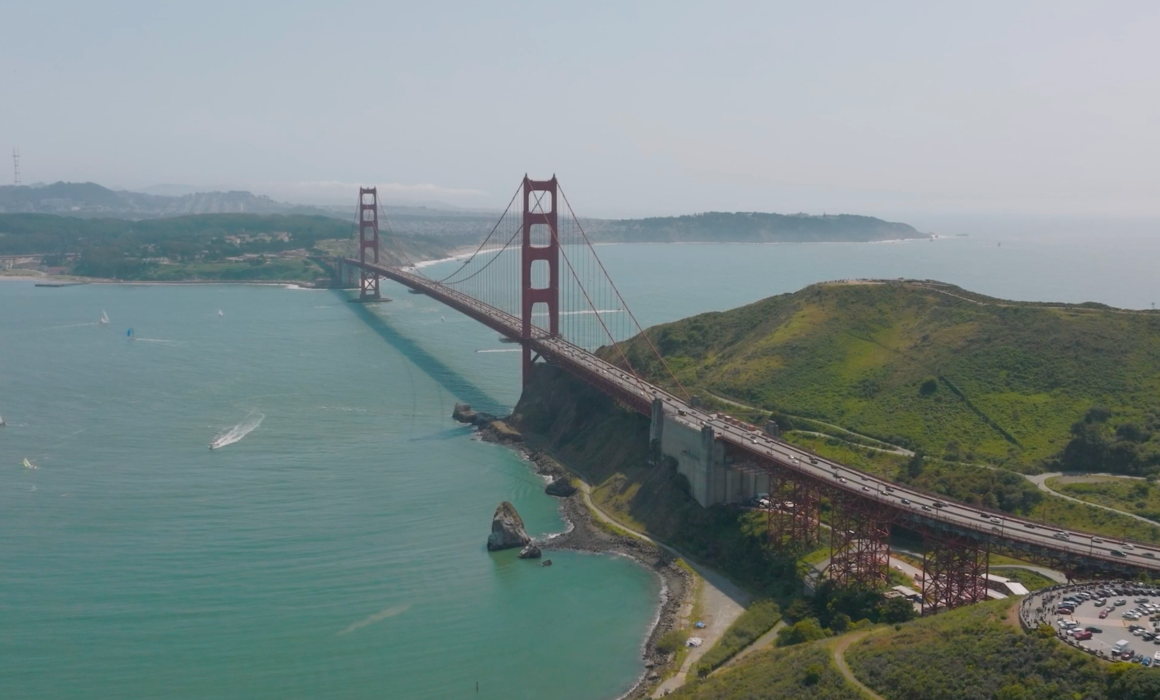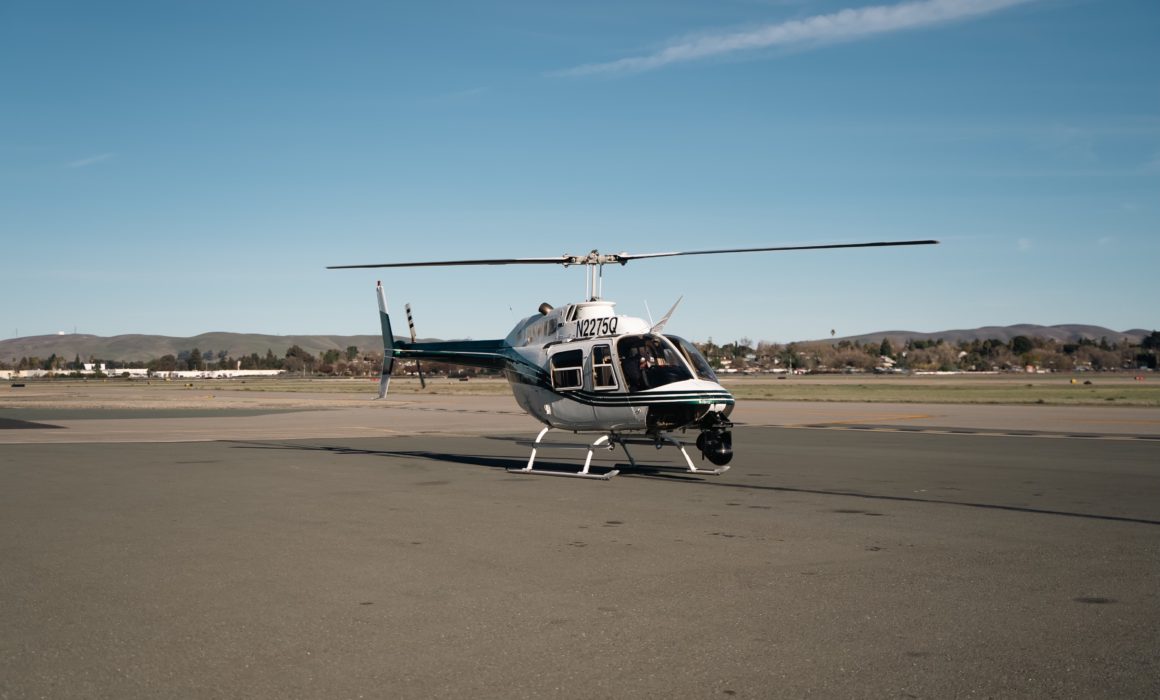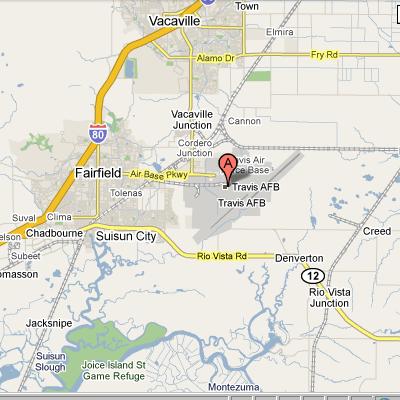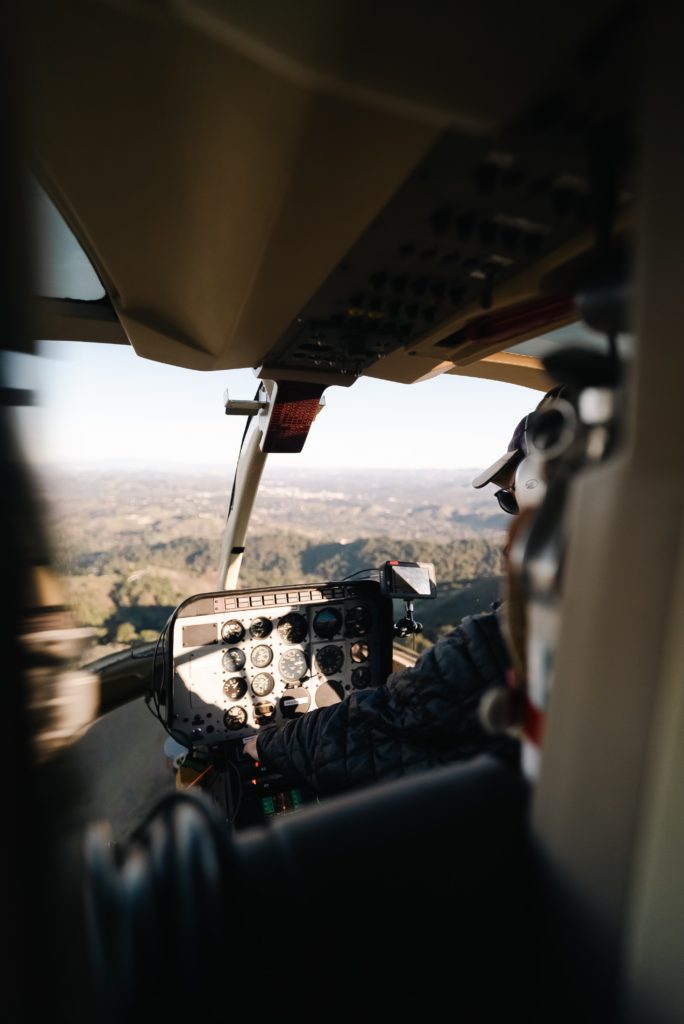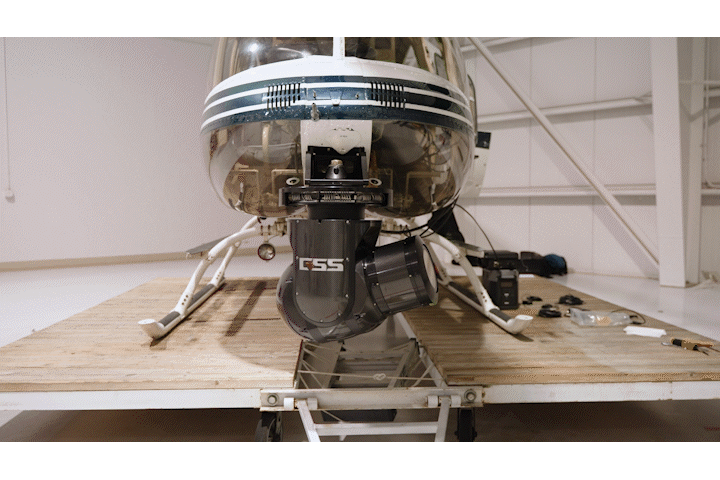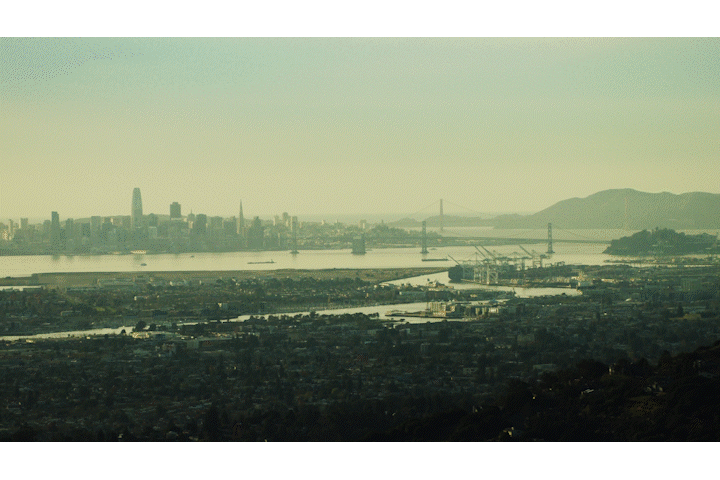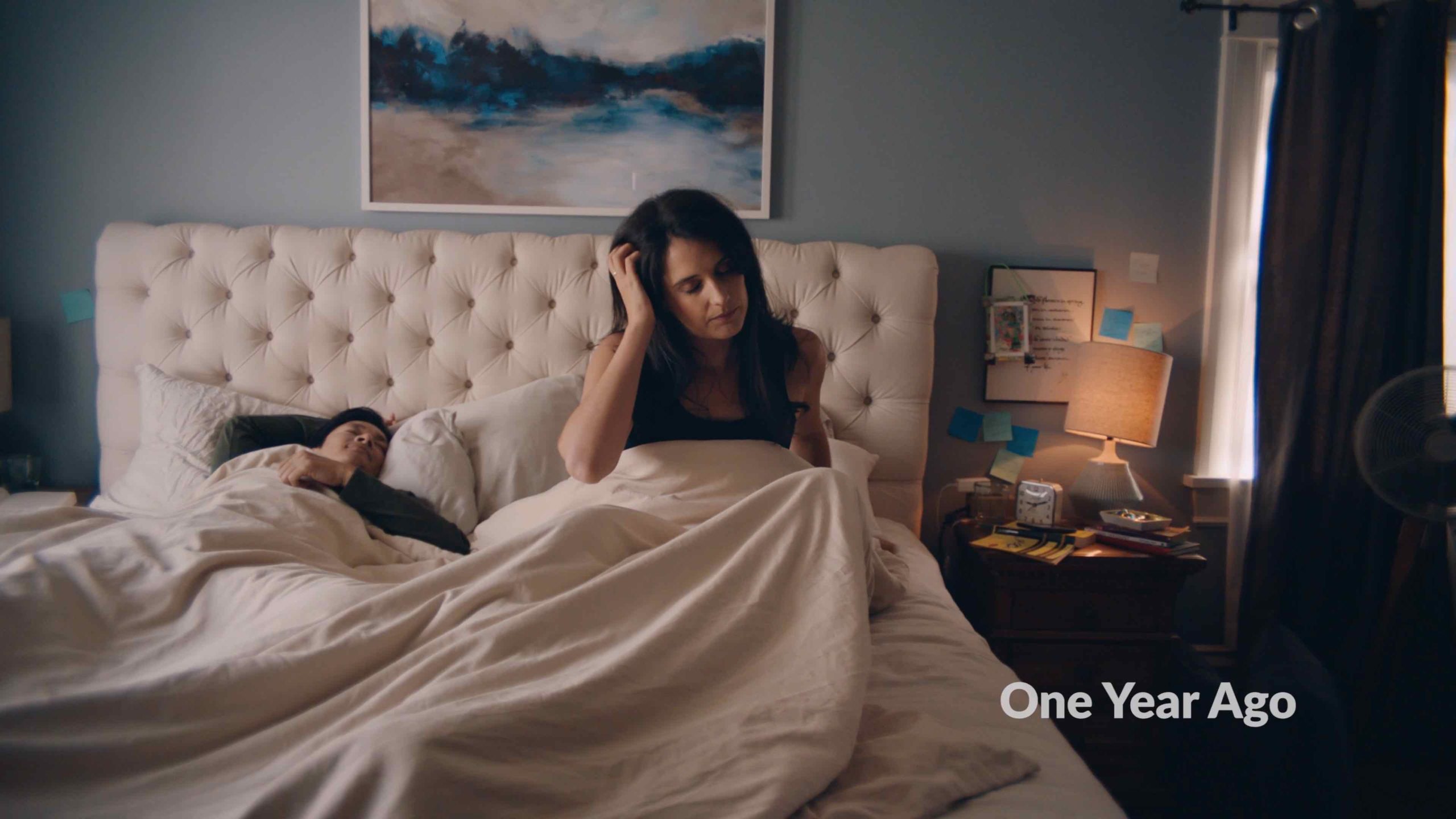What does a film fixer do in video production?
There are a lot of people involved in any given video production. We have all heard of Producers, Directors, Actors, Directors of Photography, etc. However, there is a crucial behind the scenes role most people have not heard of called a film fixer. Film fixers are the unsung heroes who ensure everything runs smoothly throughout the filming process. So, what exactly does a film fixer do?
Responsibilities of a film fixer
A film fixer is a key figure in film production, overseeing everything from pre-production logistics to editing and marketing efforts. They ensure smooth coordination across all stages of the filmmaking process. Not everyone will refer to this position as a “film fixer”, other terms you may have heard are local producer, production coordinator, and local fixer. Fixers are crucial, especially in new places. They use their developed connections and experience to help productions find the services they need within different budgets. This allows non-local productions to start filming smoothly without worrying about local logistical problems, saving time and money.
Locations
Firstly, a film fixer is responsible for scouting and securing locations for shooting. This involves finding the perfect spots that match the director’s vision and obtaining the necessary permits and permissions to film there. There are very specific steps involved in location scouting, and every location is different. A film fixer helps non-local producers whether it’s scouting a bustling city street, like Market street in San Francisco, or permitting a national landmark like the Golden Gate Bridge. This important role makes sure everything is in place and in accordance with local regulations.
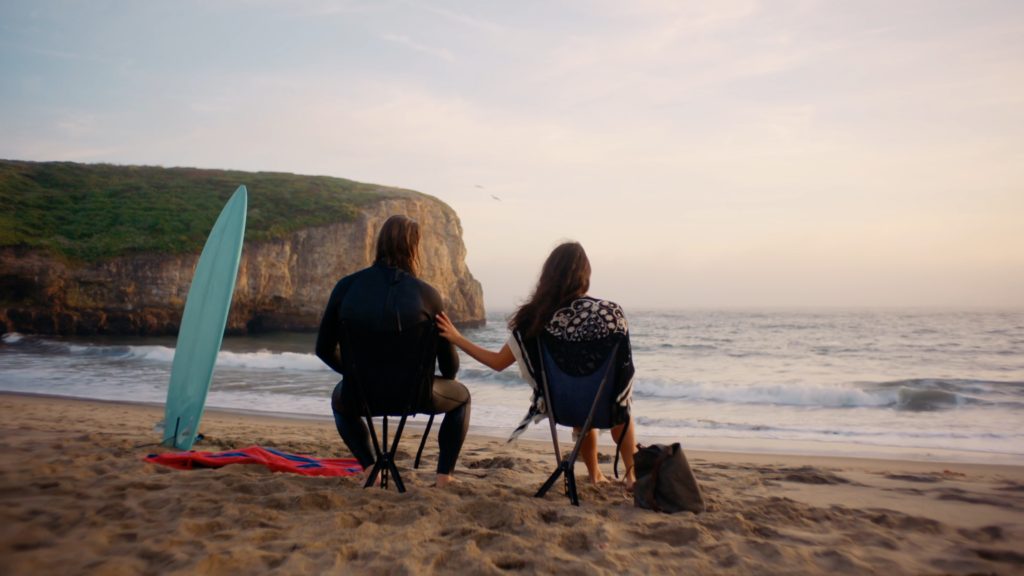
Film fixers are logistics specialists
Once the locations are locked in, your hired fixer moves on to logistics. They coordinate transportation for the cast and crew, arrange accommodation if needed, and ensure that everyone and everything arrives at the right place at the right time. Sometimes we travel with gear for an out of town shoot; a film fixer can help you understand what you should bring and how you can source equipment at the shoot location. This requires excellent organizational skills and the foresight to understand local accommodations. For turo our crew went to Austin, Maui, New Orleans, and Vancouver. In Vancouver we hired a fixer to help us with logistics, locations, crew hiring, etc. While we are experts in producing video shoots from start to finish in San Francisco, it benefited us to bring in an expert while traveling to Canada.
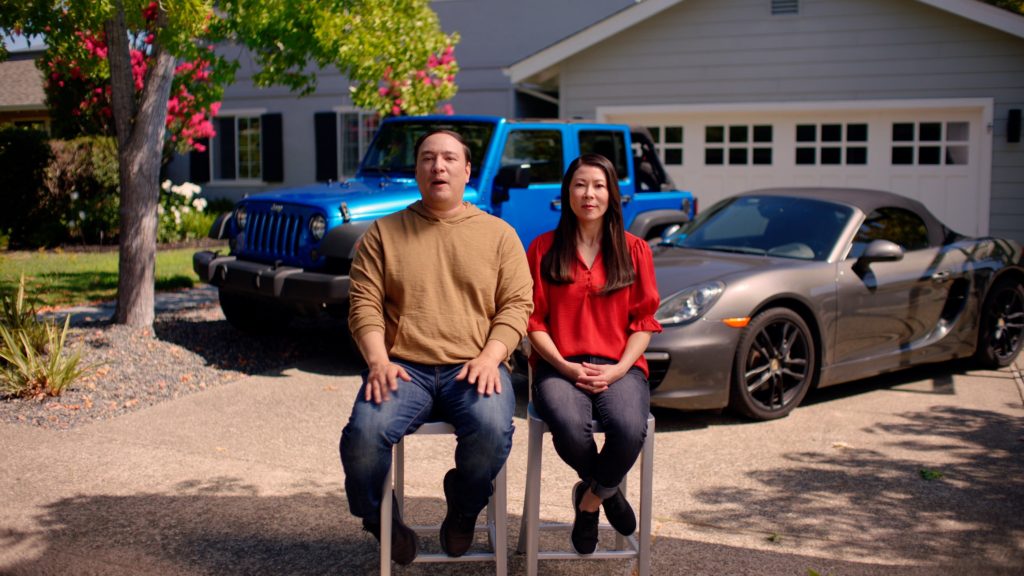
Film fixers are local liaisons
Furthermore, a film fixer serves as a liaison between the production team and the local community. They foster positive relationships with residents and businesses in the filming area, addressing any concerns and ensuring minimal disruption during shooting. For example, for a San Francisco based shoot we would hire crew members that we know are compatible with each other. Further, we have vetted local locations and know what will draw negative attention in the community.
Case Study: Local Fixer in Bali
There are many reasons to pick a shooting location including feasibility, story, and budget. However, picking a location in a foreign country can create new options for creative visual imagery. Film and media hubs such as Los Angeles, New York, Paris, etc can only offer a fraction of the diverse locations the world has to offer. With just a quick google search you can find film fixers in virtually any location on the globe. Want crystal clear water and island topography? Look no further than Bali. There are film fixers there who will help you with pre-production, location scouting, visa application, legal documentation, local crew, and more. In addition, the visa application process in Bali is famously rigorous, and this local company can help you breeze through customs. The scope of these local companies is endless, they can take potentially draining logistical challenges off of a producer’s hands.
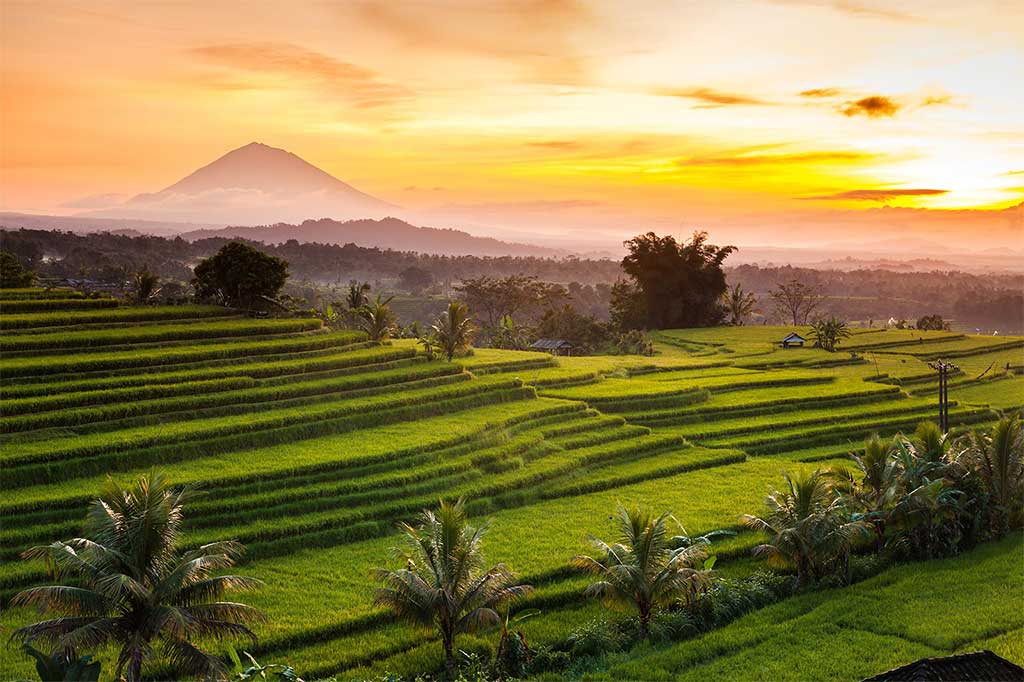
Local Connections
In addition to their logistical duties a film fixer also assists with providing their network of local connections. They will have plenty of contacts within the industry such as talent agencies, prop houses, drone operators, gear rental companies, etc. Further, this can ease a foreign producer’s workload but can provide better rates and responsiveness from the providers.
Considering using a film fixer
Overall, the role of a film fixer is multifaceted and dynamic. They provide a combination of organizational skills, and “on the ground” knowledge that is impossible for outside productions to have. Without their behind-the-scenes efforts, many video productions would never get off the ground. So, the next time you consider planning a production in a place you are not an expert in, consider the services of a film fixer.

